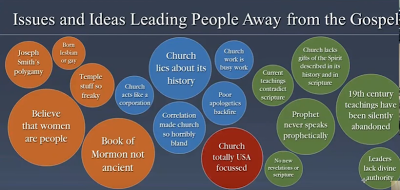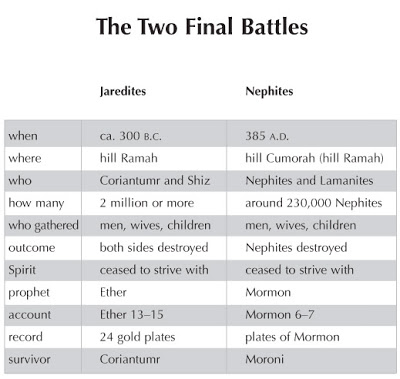Stop the arson
https://bookofmormonconsensus.blogspot.com/
I posted it there because I hope LDS scholars and educators will refocus on reaching a consensus about the New York Cumorah.
Now, some will say they already have.
And I agree. But it’s exactly the wrong consensus. It couldn’t be more wrong.
Here is the current consensus: Our LDS scholars and educators continue to insist that the real Hill Cumorah cannot be in New York. Instead, they claim it is in southern Mexico, or Baja, or anywhere else besides New York.
Some, such as BYU faculty, insist Cumorah is actually located on a mythical abstract map in a fantasy world.
Of course, Joseph and Oliver taught unequivocally that it is in New York.
Hence the problem.
Instead of the prevailing consensus that Cumorah is anywhere but in New York, I’m asking our LDS scholars and educators to reach a consensus that Cumorah is actually in New York.
Let’s see how that turns out.
Source: Book of Mormon Wars


